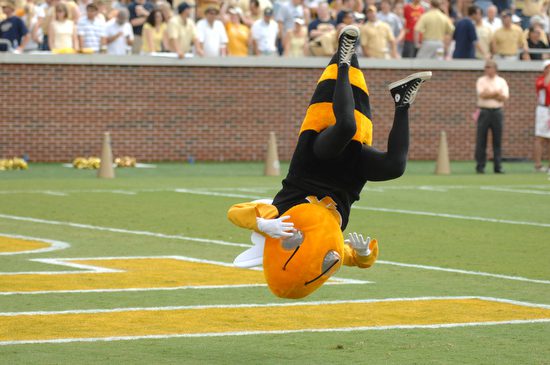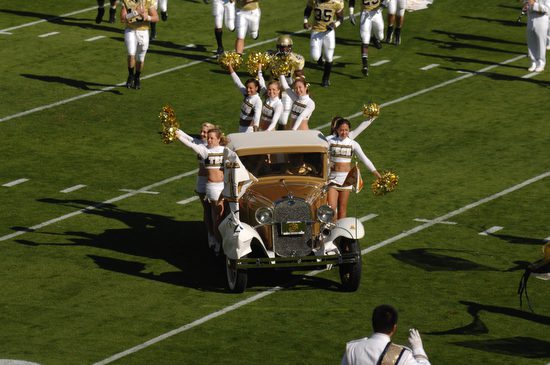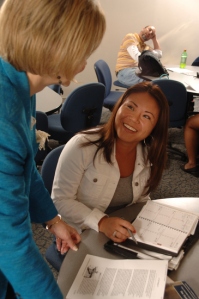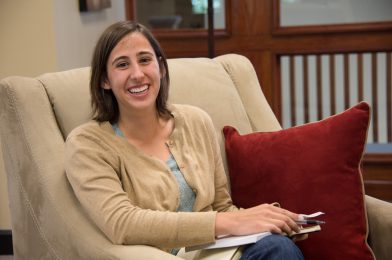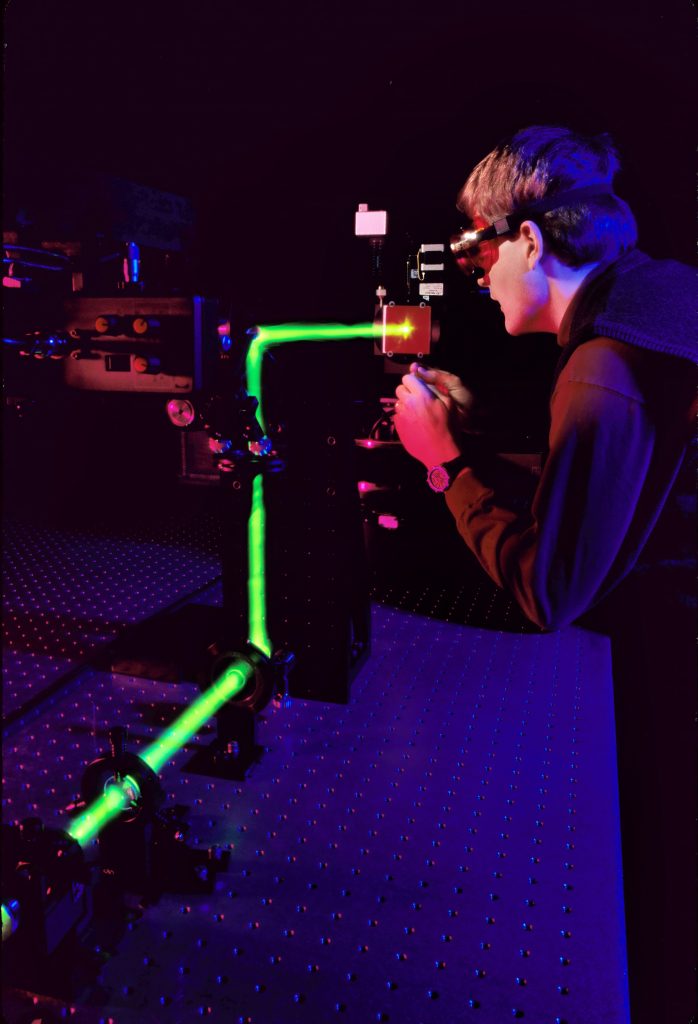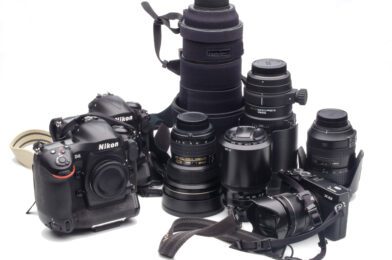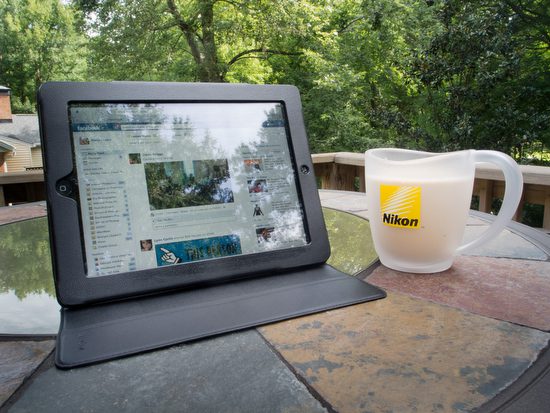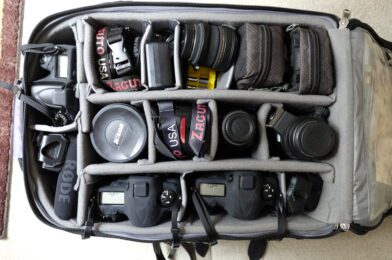Showing your colors
Making a statement by wearing your team colors and even painting your body is what a Raving Fan does for their sports team. However, at most venues derogatory or profane signs, banners, clothing items and language are prohibited along with signs attached to sticks.
Why can’t you just wear what you want to wear at a public event? You might be thinking I paid for the event and I am not hurting anyone.
It is a violation of federal law to air obscene programming at any time. It is also a violation of federal law to air indecent programming or profane language during certain hours. Congress has given the Federal Communications Commission (FCC) the responsibility for administratively enforcing these laws.
Bottom line: Obscene material is not protected by the First Amendment to the Constitution and cannot be broadcast at any time.
Due to this law having any fan at a venue can jeopardize a broadcast of a game.
Connecting the dots
What surprises me on a regular basis is how crude many people are in work situations. They like telling off color jokes that adolescents would do in boys locker rooms.
First of all how something is deemed offensive is different from person to person. Often those around you will say nothing even if they are offended. You need to know that the minute you use profanity in the work place you are running the risk of being offensive to someone.
Second many see the use of profanity when someone is frustrated or disappointed as lacking character or being crude.
Lastly, profanity taken to the extreme a person can be fired or even worse sued.
Counterculture
In the rebellious counterculture you will see a lot of profanity worn on clothing and used in speaking. Even in this environment the improper use of profanity can cost you.
One great example I just experienced last week was a pop-punk band playing in a local dive. We took our daughter to the event and were talking with the dad of one of band players. He is a clean cut guy just trying to support the kids. They are promoting themselves and hoping to book bigger venues.
The problem one of the band members created was wearing a shirt with profanity. Many of the big venues want to promote their venue and if they see photos of the band wearing profanity it might cost them bookings in the future.
Paying your bills and having a career
Once you start realizing how much things cost you learn very quickly to fit into the work culture. You buy a new wardrobe than what you wore in school. You are on your best behavior while you are at work.
Today with social media what you do in your off time is no longer off limits for your employer. How you conduct yourself out of work can get you fired from your job.
If you want to have a family and provide for them you soon realize you need a way to continue to get promotions and climb the success ladder so you can afford to feed those extra mouths and maybe even provide more things that you want them to have.
So, if you wonder why you haven’t been getting jobs or have lost some jobs in the past can you rule out your use of profanity in your life as a culprit? Is it really worth the cost to speak your mind?


